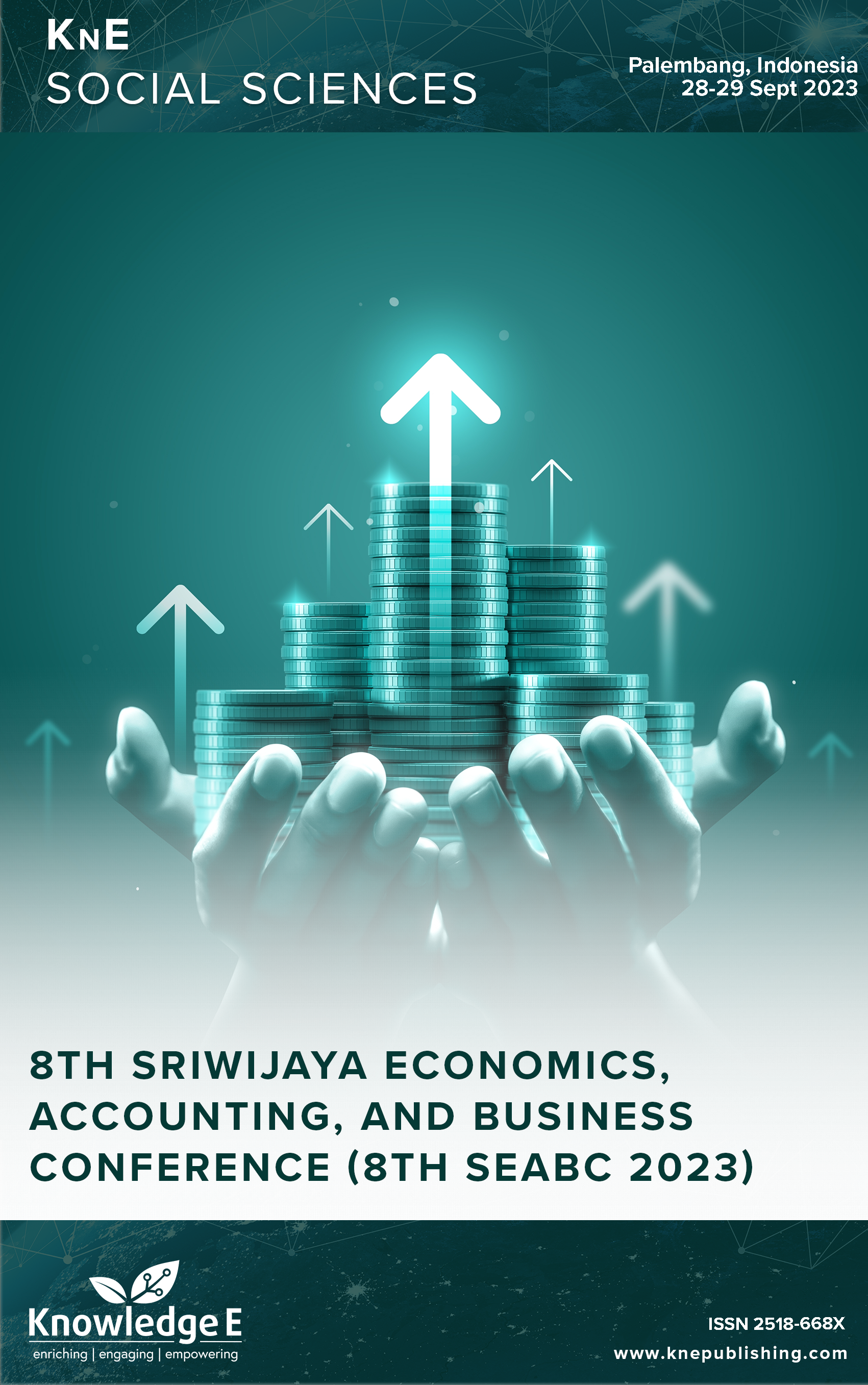The Rate of Return on Education Investment in South Sumatra Province: An Analysis
DOI:
https://doi.org/10.18502/kss.v9i14.16093Abstract
This research was conducted to determine the rate of return on education investment for workers in South Sumatra Province. The data used was obtained from the SAKERNAS for February 2022 provided by BPS and consisted of 2965 selected samples. The analyzed data includes the workers’ wages, education level, work experience, gender, economic sector they belong to, and regional category. The results of this study suggest that the level of education, work experience, gender, economic sector, and regional category collectively influence the amount of wages received by the workers. Changes in wages can be attributed to the variables of education level, work experience, gender, economic sector, and regional category, accounting for 19.5% of the observed variance. The remaining 80.5% of the variance is attributed to other variables not considered in this study. Furthermore, the findings indicate that the rate of return on education investment is expected to increase in 2022, corresponding with higher levels of education among the workers.
Keywords: return on education investment, education, experience, gender, economic sector, region
References
Indayanti DN, Sugiharti L. Investment returns analysis of education in East Java [ Jurnal Ilmu Ekonomi Terapan]. JIET. 2021;6(2):235–254. DOI: https://doi.org/10.20473/jiet.v6i2.31143
Badan Pusat Statistik. Population aged 15 years and over employed by highest education completed 2017-2021 in South Sumatra province. South Sumatera; 2022.
Badan Pusat Statistik. Average net wages/wages of informal workers during a month by highest education completed in 2018-2019 in South Sumatra Province. South Sumatera; 2022.
Ayu SD, Mulatsih S, Novianti T. Rate of return on education investment in West Kalimantan in 2018. Indonesian Journal of Economics and Development. 2021;21:3. DOI: https://doi.org/10.21002/jepi.v21i2.1331
Hendajany N, Widodo T, Sulistyaningrum E. Inter-provincial development of the rate of return on education investment: Indonesia Family Life Survey 1993–2014. Indonesian Journal of Economics and Development. 2016;17:44–57. DOI: https://doi.org/10.21002/jepi.v17i1.647
Schultz TW. Investment in human capital. www.sec.wisc.edu
Psacharopoulos G. The value of investment in education: Theory, evidence, and policy. J Educ Finance. 2006;32:113–136.
Krueger AB. Education for growth in Sweden and the world. 1999. https://doi.org/10.3386/w7190. DOI: https://doi.org/10.3386/w7190
Deolalikar A. Gender differences in the returns to schooling and in school enrollment rates in Indonesia. J Hum Resour. 1993;28(4):899–932. DOI: https://doi.org/10.2307/146297
Widyanti R. Wage inequality and return to education in Indonesia: Quantile regression analysis. Signifikan. Jurnal Ilmu Ekonomi. 2018;7:27–44. DOI: https://doi.org/10.15408/sjie.v7i1.6071

